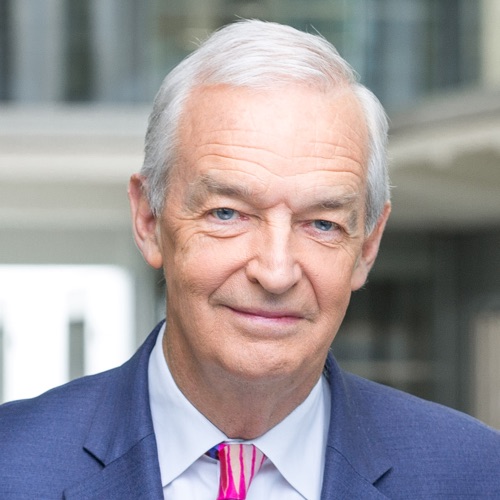Sculpture, jubilee, and a fanfare to the future
We heard the rumble first. And then we saw them through a clearing in the trees. Looking up, there they were – what Churchill might now have called the “very few”. Five of them. Spitfires in formation heading for jubilee celebrations in the London area. We were somewhere I had never been before. The Goodwood Sculpture Park, an extraordinary series of contemporary sculptures commissioned and exhibited by the Cass Sculpture Foundation.
We were in the company of two of the most remarkable octogenarians I have ever met, Jeanette, 86, and Wilfred Cass, 88. Nearly quarter of a century ago, Cass set out to find the “new Henry Moore”. Using more than £10m of his own money – earned over his working lifetime as a hugely successful entrepreneur – Wilfred and Jeanette spent and spent again on commissioning struggling British sculptors to come forward with their creations. Eventually they are sold – half the money goes to the sculptor and half is invested once again to commission the next creation.
Bill Woodrow, Sir Anthony Caro, Sean Henry, Eduardo Paolozzi, Anthony Gormley and this year’s Paralympic commissioned sculptor Tony Cragg (see image below) are just some of those who have littered the 26-acre sculpture park. The most striking new piece is a glass tower amassed from slices of glass by the sculptor Rodney Bender. But am I sure, for there close by is Lynn Chadwick’s vast and amazing wind blown piece, Ace of Diamonds.
You see Bender’s glass tower from the Bauhaus-based house in which the Cass family lives. A spellbinding low-level structure with an extraordinary art collection within.
You can imagine that the timing and placement of the “very few” Battle of Britain fighters still surviving had a magical touch. As do the intense fresh late spring leaves that adorn the wondrous array of trees amongst which each sculpture is set. I am not a sculpture fanatic, but Cass leads you on a journey of discovery, an adventure. At the end of it you begin to see the world through a different prism.
This is British art, funded by a British entrepreneur with, a British eye for the British best. Beyond the 15-mile long flint walls of Goodwood House (built by Napoleonic prisoners of war in the early 19th century), this is a blast of the now and of the future. The sculpture is a rude and powerful signal of the possible – structure, daring, absurdity, creativity, and the exuberance of belief in the future. If the jubilee that the Spitfires were marking is intended to mean anything, it should surely represent a fanfare to the future.
Follow @jonsnowC4 on Twitter.


